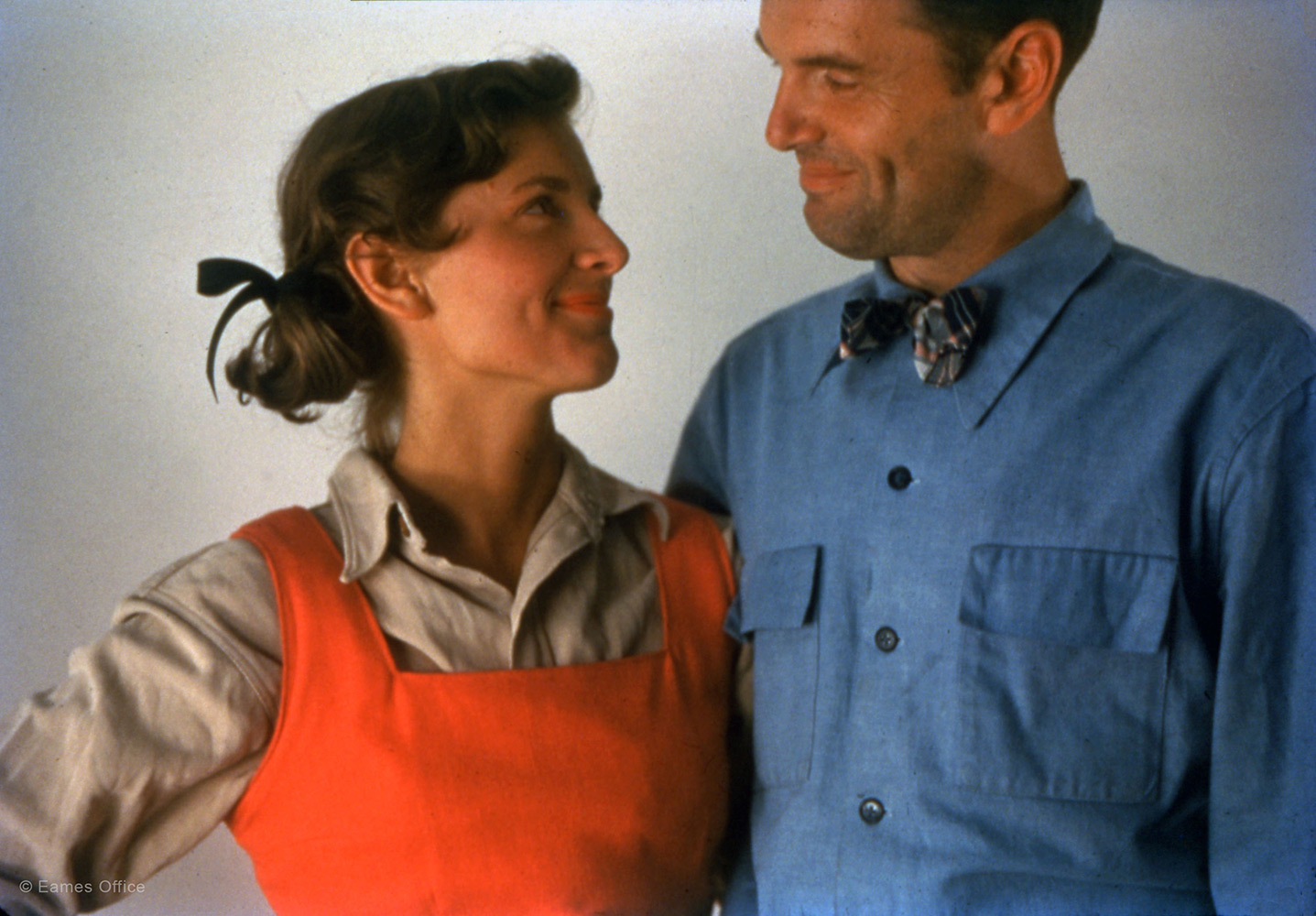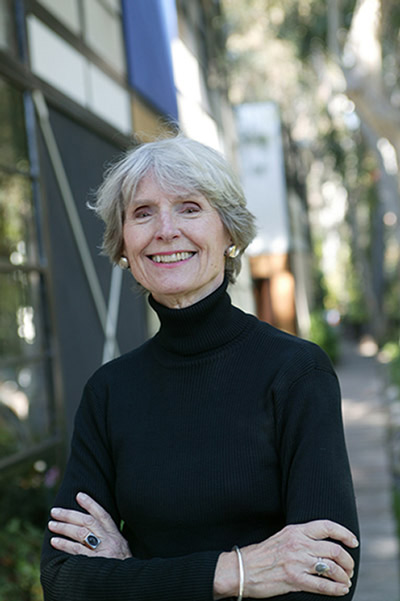Early Years
Born in St. Louis, Missouri, on October 11, 1930, to Charles and his first wife, Catherine Woermann, Lucia was an artist, graphic designer, owner of the Eames Office, founder of the Eames Foundation, and mother of five.
Lucia spent her early years in St. Louis and on the grounds of the Cranbrook Academy of Art in Bloomfield Hills, Michigan, where her father at first studied architecture and then became head of the Industrial Design department. Lucia recalled those times fondly, including her attendance at Kingswood School for Girls on the Cranbrook Campus. Following his divorce from Catherine, her father married Ray Kaiser, who became Lucia’s stepmother, with whom she was exceptionally close.
Lucia finished her secondary school education at Mary Institute in St. Louis, attended Vassar College for two years, and graduated from Radcliffe College in 1952. There Walter Gropius was her professor, at a time when women were, as Lucia recalled, “dissuaded from studying architecture at Harvard.” In her adult years, Lucia lived in Massachusetts but eventually settled in the San Francisco Bay Area, always maintaining strong ties to St. Louis, her mother Catherine, and friends and family there.
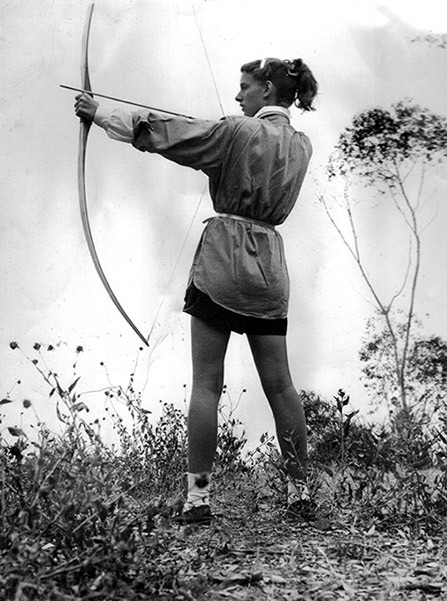
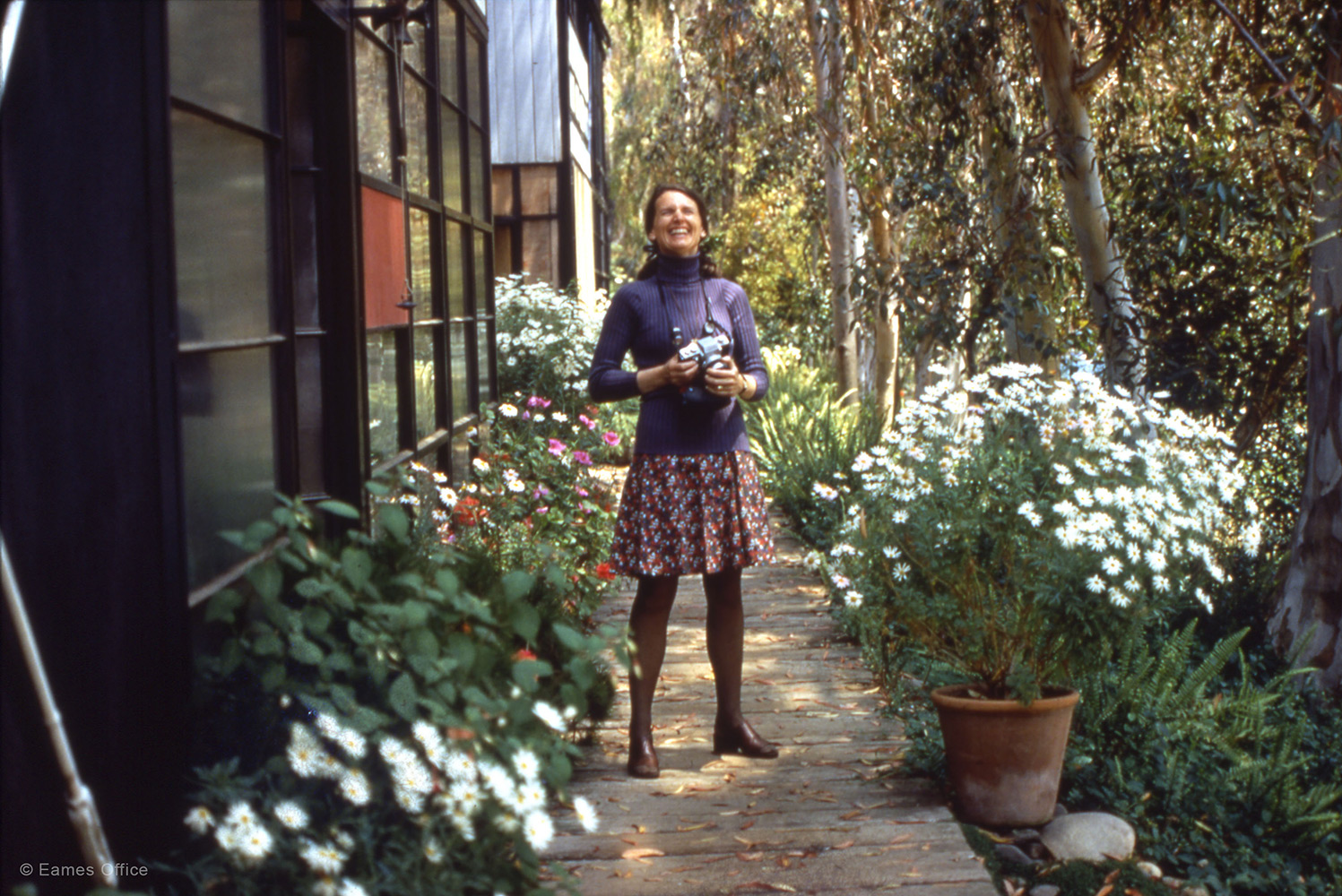
An Artist
An early sculpture, created when she was just 12 years old, was published in the legendary Arts & Architecture magazine. She worked in many different media to create photographs, writings, beautiful and complex works woven with found objects, and large-scale commissions throughout her life. She may be best known for her exquisite graphical metal works rendered in cut steel and bronze, which added an extra richness of beauty, power, and physicality.
Her works, which were shown at ArtPrize (Grand Rapids, MI) and the Landscape Garden Show (San Francisco, CA), can still be seen in the living room of the Eames House (Pacific Palisades, CA), Ma(i)sonry (Yountville, CA) and other collections both public and private. One of her best-known designs was the simple, elegant metal form Seeing with the Heart.


Continuing the Legacy
On Ray’s death in 1988, Lucia became responsible for the design legacy of Charles and Ray Eames. With her deep understanding of the Eames philosophy learned from countless conversations with Charles and Ray, Lucia was asked by Ray to take responsibility for the Eames legacy in general and the authenticity of Eames designs in particular. As the owner of the Eames Office for 26 years, it was important to her that the Eames Office continue for generations after her death. For this reason, she ensured that the next generation assumed operational responsibility in 1991. As a result, Lucia Eames left behind not only an extraordinary collection of her own creative works but a legacy of successful stewardship of the most significant design legacies of the modern era.
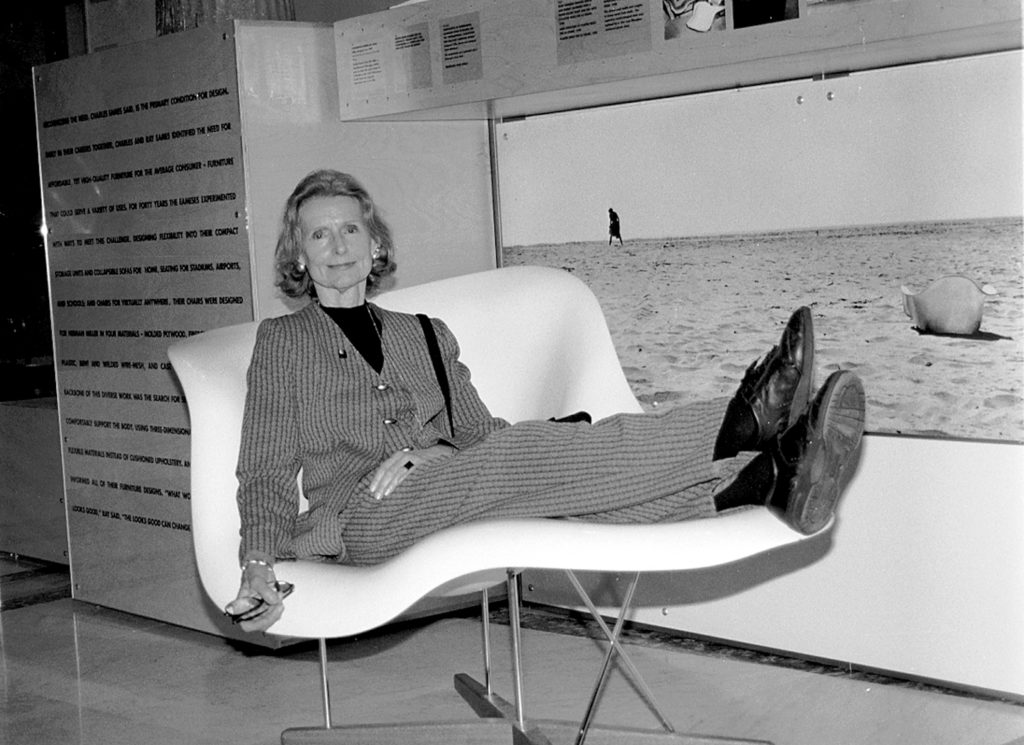
In 1988, Lucia fulfilled Charles and Ray’s vision of gifting an important collection of the Eames Archives materials to the Library of Congress. In 2004, she established the Eames Foundation, which oversees the Eames House in Pacific Palisades, California, where she often stayed. Indeed, she vividly remembered picnicking in the meadow before the house was even built and witnessing the pivotal decision to dramatically change the design to its current form. The Eames House, considered by many to be the most important work of residential architecture from the latter half of the 20th century, is a National Historic Landmark. Lucia enjoyed sharing her many memories and experiences of Charles and Ray with visitors at the Eames home and studio.
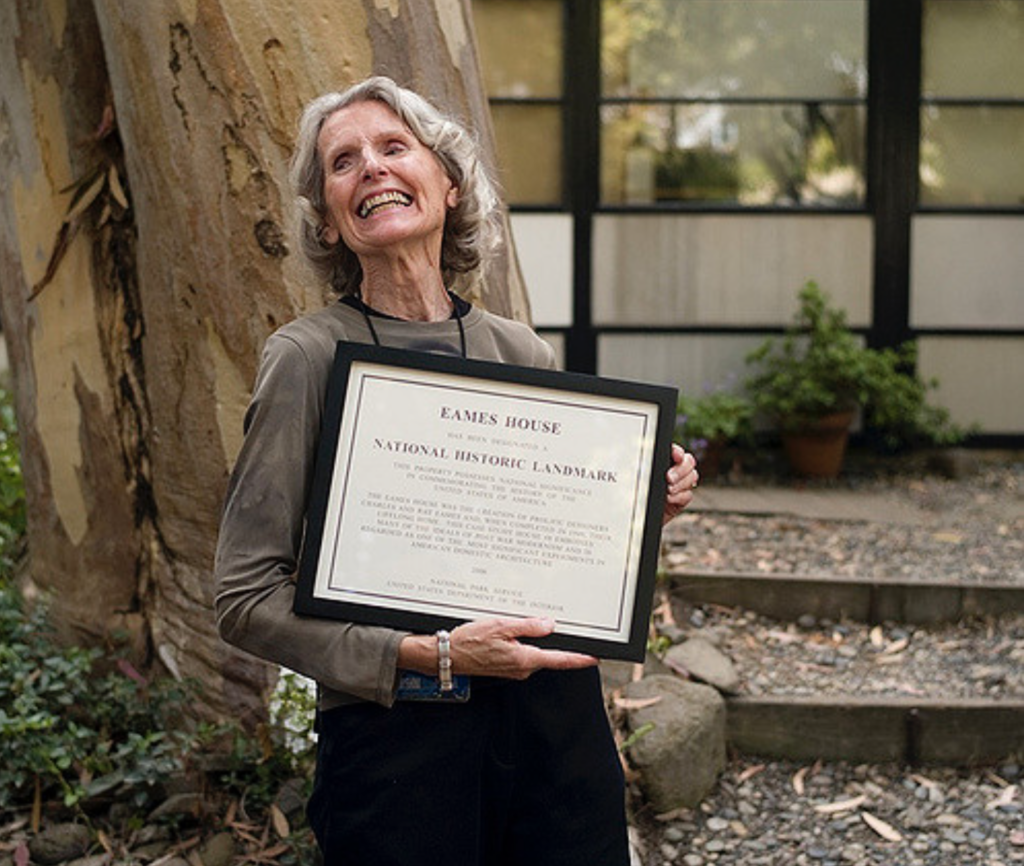
In her remarkable life, Lucia met many of the most iconic cultural figures of her time: Humphrey Bogart, Billy Wilder, Buckminster Fuller, Eero Saarinen, Eliel Saarinen, Carl Milles, Jackson Pollock, Lee Krasner, George Nelson, Alexander Girard, Elmer Bernstein, Haku Shah, Isamu Kenmochi, John Entenza, Philip & Phylis Morrison, Josef & Anni Albers, and Corita Kent among them. She also knew generations of Eames collaborators such as the DePree family at Herman Miller and the Fehlbaum family at Vitra, manufacturing partnerships that continued enthusiastically during her reign.
Lucia leaves a legacy of successful stewardship of one of the most significant design legacies of the modern era. Charles and Ray Eames, recognized as the most influential designers of the twentieth century, are best known for their furniture designs, which, in no small part due to Lucia, are still manufactured to the Eames standards today by Herman Miller in the U.S. and much of the world, and by Vitra in Europe and the Middle East.
“Preservation is great, but if you’re not doing something that contributes to the future, if you’re only looking backward, then you’re not honoring the ideas behind the house. The items, the furniture, the films—those are all great—but even more marvelous was Charles and Ray’s approach, how they worked.”
Lucia Eames
